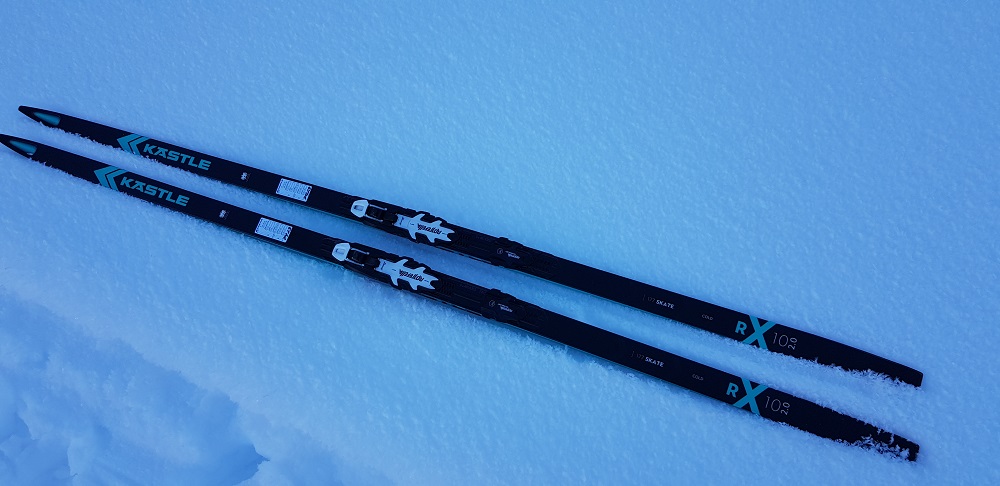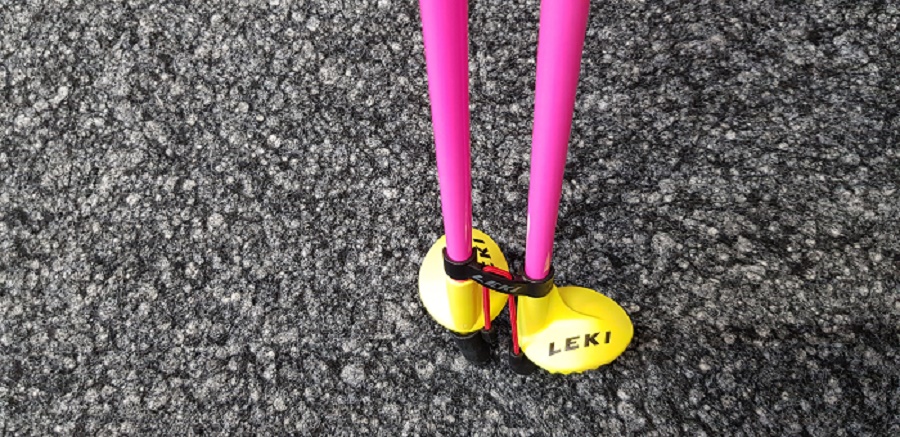- Home
- Frequently Asked Questions
12 frequently asked questions
Ever wondered what the 12 most frequently asked questions are?
1) Can I
take up cross-country skiing when I am too old to downhill ski?
This is an interesting and frequently asked question. Cross country skiing is a sport for young and old. Some young downhill skiers have the impression that it is a sport for sissies. How wrong they are?
2) How do you train for a cross-country ski race?
When to start and how specific you want to train depends how ambitious you are. Start training 2 months out from your goal race and work from 30 minutes up to 60 minutes of easy distance training. Occasionally pick up the pace a bit for about 10 minutes. Stay away from high intensity intervals until you have a good base built up.
If you are more ambitious, a knowledgeable ski coach could hand you a structured training plan to follow.
3) How long should ski poles be for skate skiing?
The pole length isn’t a crucial factor when skate skiing. Generally, you can use poles that come to the height of your nose. Or you can use the formula by taking your height in cm x 0.89, For ex: I’m 179cm (5ft 11in) x 0.89 and so the pole should be about 160cm.
4) How stiff should skate skis be?
Performance and high-performance skate skis will come in medium or stiff (hard) flexes and again, a medium flex ski will usually perform better in cold, loosely packed snow while a hard flex is preferred in most normal, harder snow conditions including frozen granular.
5) How do I train for a ski marathon?
Start by building a base by skiing longer distances of about 1-3 hours at an easy pace. You can integrate intervals once you have built a solid base by skiing 4-5 sets of 5 minutes on a moderate hill.
6) What pole lengths for classic skiing do I need?
For pole length for classic skiing should fit under your armpit. Or you can use the formula by taking between 82-84% of your height.
7) How can I increase my cross country ski speed?
Include 5 x 10-sec sprints by skiing in a moderate uphill and repeat 5-6 times with 2-3 min recovery. Ski with high cadence up but pay attention to your technique.
8) How can I improve cross country skiing?
Cross country skiing relies mostly on a one-legged motion. For this reason, working on good balance, technique and fitness are the key to make gliding much easier.
9) Are waxable skis better than waxless?
More serious recreational cross-country skiers prefer waxable classic skis. That's because waxing your grip section gives better performance than mohair or fishscale skis. However, depending on the snow conditions, waxless skis are ok for your training workouts.
10) How do I choose cross country ski boots?
XC ski boots are almost the same size as your athletic show size. You can size down for a tighter more athletic fit. However, if the size is too big and you have too much extra room, it could cause issues with warmth and blisters.
11) What are the two different types of cross-country skis?
There are two types of cross-country skis: skate skis and classic skis. Skate skis are a bit shorter and have a single camber. Classic skis have a double camber, and the middle section is used for grip waxing.
12) Is cross country skiing good cross-training for running?
Yes, cross-country skiing is excellent cross training for runners. The extra time you need to learn the classic technique is well spent. The diagonal technique is as close to running as it can get.
- Home
- Frequently Asked Questions


